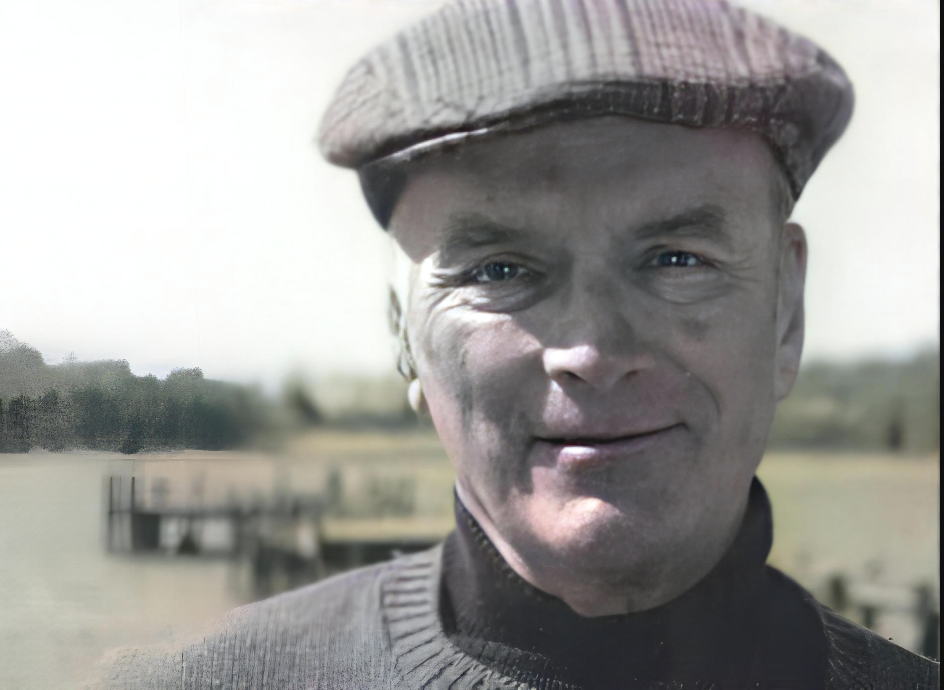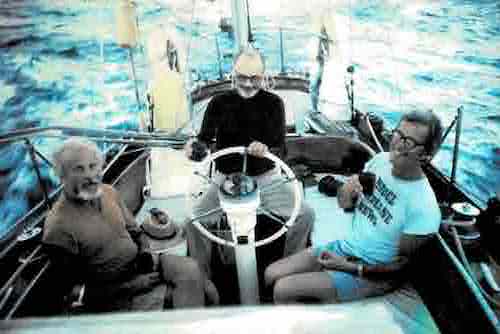Charles Dickens was a darn good writer. Imagine reading A Christmas Carol for the first time—wowie! Thrills, chills, suspense, hilarity, and a villain you love to hate, until he becomes a hero you love to love.
For years, I worked on an ambitious annual stage version of A Christmas Carol at a theatre in New England. Our script was an original adaptation that didn’t mess around with Dickens’ language, omitting just enough to keep the running time reasonable and get us out of any truly impractical special effects. The Ghost of Christmas Past did fly, though, and furniture moved magically, and a gravestone materialized out of thin air at the crucial, climactic moment.
I knew I was making professional progress as long as I got a better title on Christmas Carol every year. I started as a stagehand, only responsible for moving props and sweeping up glitter during intermission, but I worked my way up the theatre food chain year by year through sound, lights, and stage managing, dozens of performances every December, and probably hundreds of rehearsals, when all was said and done.
What I’m saying is, Dickens’ text is burned into some of my most deep-seated synapses, never to be erased. No doubt I’ll be muttering Belle’s, Fran’s, and Fred’s speeches from a wheelchair in a shadowy corner years from now, when petty details like my birthday and the name of my first pet have long since faded from my mind (…Another idol has displaced me, and if it can cheer and comfort you in times to come as I would have tried to do, I have no just cause to grieve… Father is ever so much kinder now… a bowl of Smoking Bishop Bob!). The words are rote enough in my mind now that they lose their meaning sometimes, but classics are classics because there’s always something new to be found in them, if you look for it.
In a nostalgic and Christmassy mood this week, I watched one of the zillions of film versions of A Christmas Carol—the one with Patrick Stewart, magnificent as always, playing Scrooge. It’s easy to forget how good it is, how dazzling and formidable the language, how scary the ghosts, and heartbreaking the losses. And it’s easy to scoff at Dickens’ righteous indignation. Lighten up, dude! We’ve come a long way from coal scuttles and bedcurtains, and workhouses.
But lo, I fear we have not come so very far at all. Consider the Ghost of Christmas Present, a merry, laughing giant so full of life that living things manifest themselves around him wherever he goes. He’s hiding shameful secrets, though, and his words gave me a new chill this year:
Two children; wretched, abject, frightful, hideous, miserable… “They are Man’s… and they cling to me, appealing from their fathers. This boy is Ignorance. This girl is Want. Beware them both, and all of their degree, but most of all, beware this boy, for on his brow I see that written which is Doom, unless the writing be erased. Deny it! Slander those who tell it ye! Admit that for your factious purposes, and make it worse! And bide the end!”
I began to notice a creeping and distinctly uncomfortable sensation in my neck. We have different words now, but The Ghost of Christmas 2023 could make that very same speech. He might call the boy Propaganda, Conspiracy Theories, or Climate Denial. The girl might be Food Insecurity, or Medical Debt, or Refugee. We see them daily on our phones. They’re in detention centers on the southern border of the US. They’re standing in blood-spattered kibbutzim in Israel, and huddling in a landscape of unimaginable devastation in Gaza. They’re in subway station bomb shelters in Ukraine, and floating in the Mediterranean Sea off the coast of Libya. We see them and we ask, Are there no refugee camps? And the asylum systems, are they still in operation?
The jolly Ghost’s warning is more pressing today than it was 172 years ago. The magnitude of the threats to those clinging, beseeching children has only grown, while our collective wisdom and foresight seems as scant as pre-redemption Scrooge’s. Are we living out the doom that scared Scrooge into mending his ways? Denial, slander, and factiousness still drive political and personal choices large and small, and of course the Ghost was right: they’re tools for avoiding responsibility, and they make it worse. With 2023’s much more global perspective, it feels as if we may not have much longer to bide until the end, be it through climate change, war, or disease.
If we choose take a seasonal Victorian ghost story seriously—which apparently I do—there is hope for us yet, in all the good old cities, towns, and boroughs in the good old world. Scrooge mended his ways. He was intransigent, ignorant, willfully uncaring, and fully committed to being “a tight-fisted hand a the grindstone,” and yet a tiny, invisible ember of imagination and empathy still glowed deep, deep in his core. As he began to recognize that all people share the joy and suffering of being human, that tiny ember brightened and expanded until its light and warmth filled every part of him. He laughed instead of scowled; he gave instead of took; he saved Tiny Tim and he loved his nephew Fred. And he was happier than he’d ever dreamed he could be.
If Scrooge can give that ember a chance, so can we. The end is not yet here.
Maria Wood traveled throughout the country as production and tour manager for award-winning musician David Grover, with whom she co-founded a non-profit organization dedicated to enhancing education and fostering positive social change through music and music-making. She returned to school mid-career, earning a BA in American Studies and a Certificate in Ethnomusicology from Smith College. More recently, she has written and taught on the meaning and impact of the musical Hamilton, served as Deputy Campaign Manager for congressional candidate Jesse Colvin and was Executive Director of Chestertown RiverArts. She lives in a multigenerational human/feline household in Chestertown.











